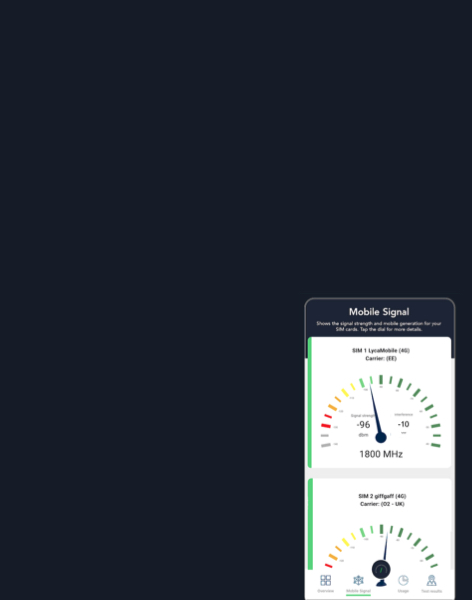Why the mobile industry cares about WRC-19
WRC-19, an international conference in an Egyptian beach resort, is attracting attention from some of the world’s most important figures in politics and business. Even US President Donald Trump wrote a letter to delegates explaining its importance for 5G.
Our annual update to our profiles of mobile vendors’ spectrum policies explains why.
Vendors, who make the equipment mobile services depend on, are usually more invested in global standards and regulations than national or even multinational operators. International use of spectrum is governed by the Radio Regulations, which can only be amended at WRCs that are held every three or four years.
The nine companies we have covered all have plans to make equipment that will use frequencies above 24 GHz for 5G and/or Wi-Gig services, among others.
The former will be heavily dependent on the outcome of WRC-19 agenda item 1.13, which might establish a footnote in the Radio Regulations that “identifies” some of these frequencies for mobile broadband (known as IMTInternational Mobile Telecommunications (I...). Delegates have already agreed not to do so for the 31.8 – 33.4 GHz, 47 – 47.2 GHz, 71 – 76 GHz, and 81 – 86 GHz bands. The conference is expected to approve many other bands, including the high-profile 24.25 – 27.5 GHz band, but discussions continue on the caveats to be included in such a footnote.
Some of the companies profiled also strongly oppose an IMT identification at 66 – 71 GHz. They worry that such an identification might prompt regulators to put the band to auction for exclusive licences – which would jeopardise Wi-Gig advocates’ preferred unlicensed approach to the band.
Many other agenda items are also attracting attention from vendors. Not least of which is the agenda item 10 that defines what will be discussed at future WRCs. Some vendors see an opportunity for an IMT identification in frequencies between 3.6 GHz and 24 GHz at WRC-23The World Radiocommunication Conference (W...
Our updated vendor profiles are available to Spectrum Research Service subscribers here.
This year we have also expanded our vendor profiles to include Amazon and Apple, both of which are gaining more interest in – and influence over – radio spectrum policy.
